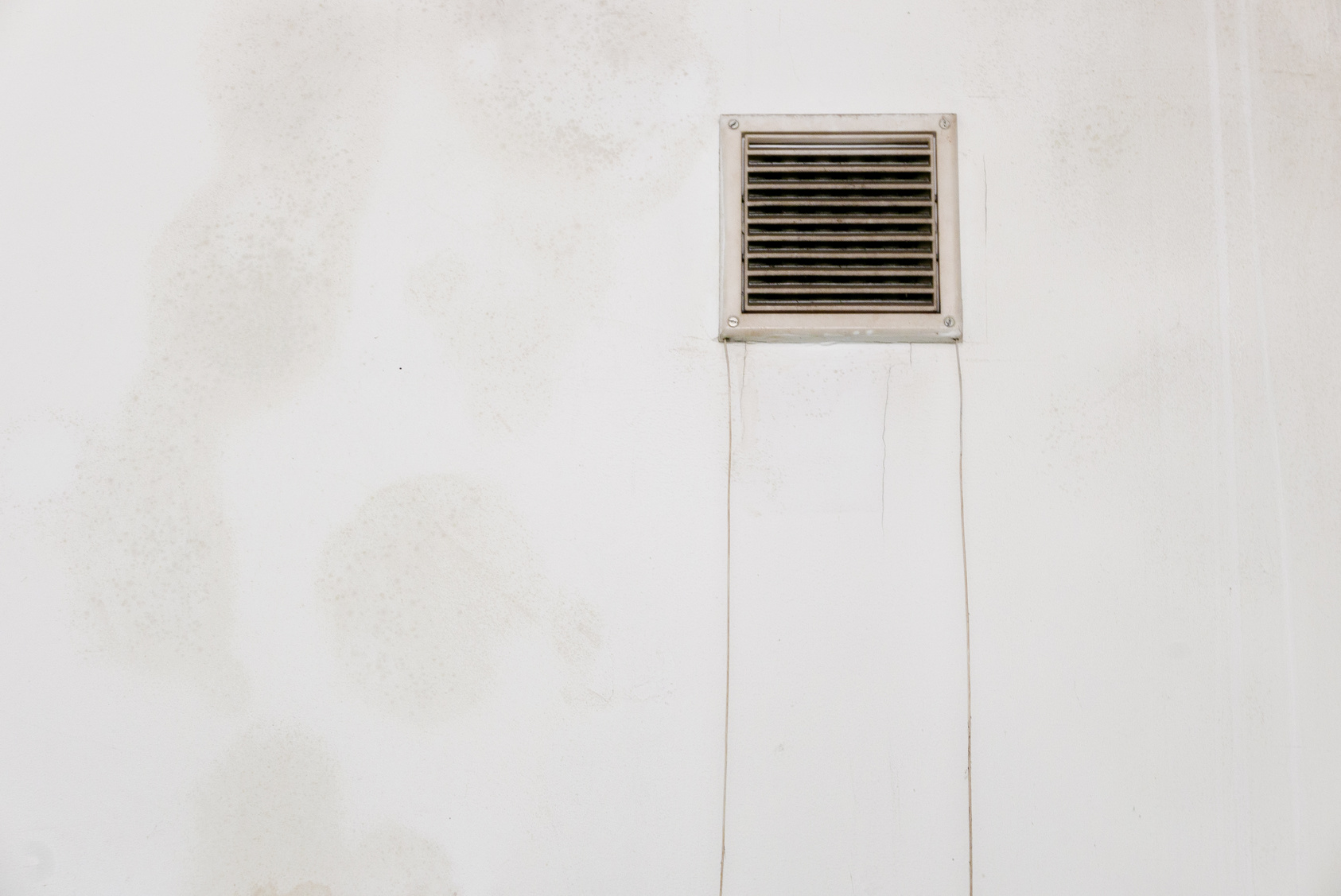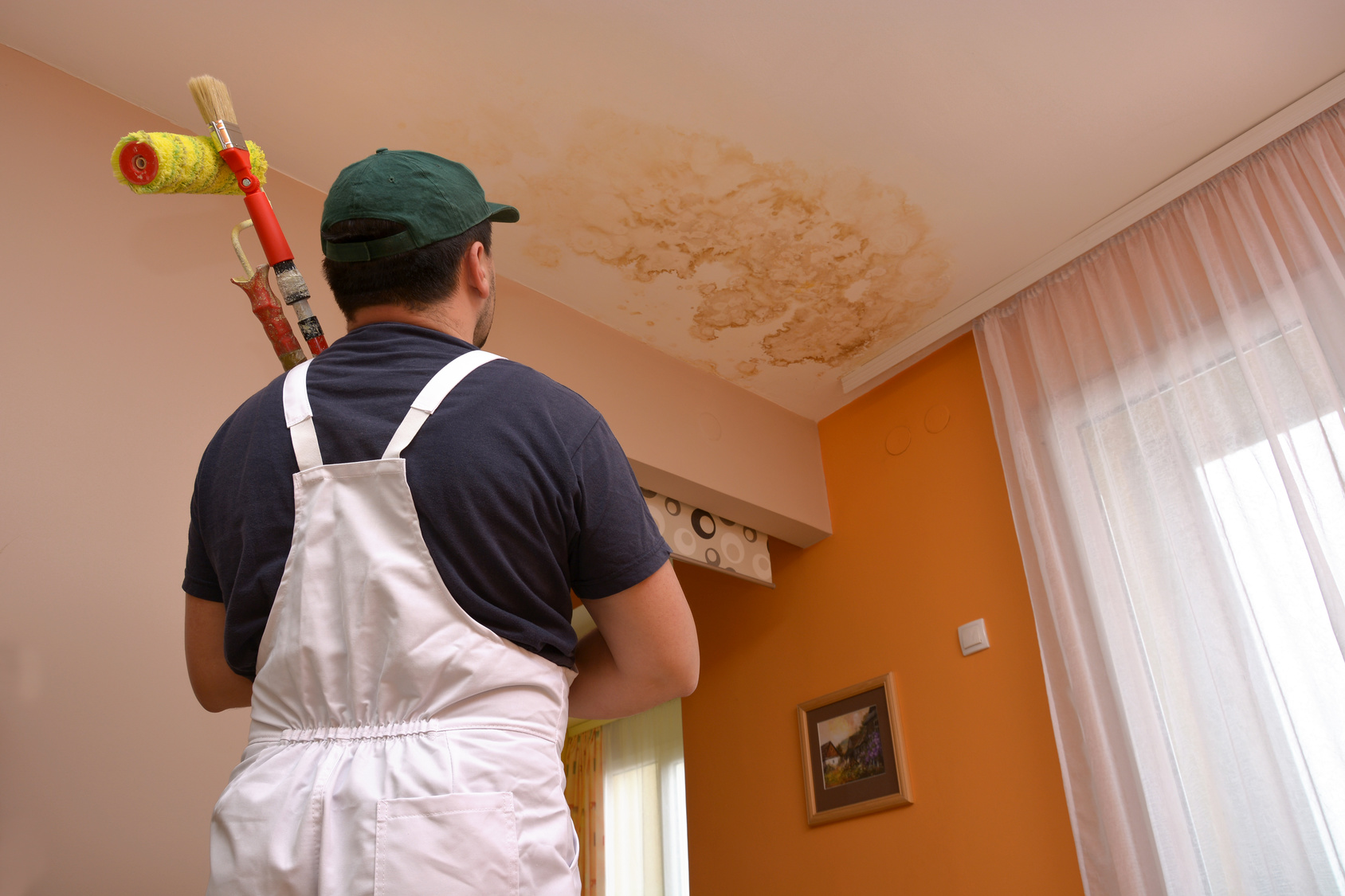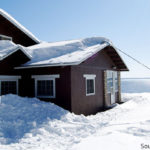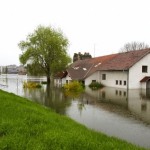Water stains around the air vents are a common household issue. Homes in warmer climes (imagine Floridian weather or Southwestern temps), experience this phenomenon more frequently than abodes in cooler areas. While the problem leaves some homeowners scratching their heads, water stains surrounding the air vents can be easily explained and effectively resolved.
Moisture is clearly the culprit when it comes to creating unanticipated water stains in unexpected places. But how does excess water saturate the ceiling? The answer is condensation. Droplets of water that form in one of three ways contribute to the water stains near the air vents.
What is Condensation?

First, it’s important to understand the concept of condensation. Water vapor, or the moisture in the air (which is always present, even if it is unnoticeable to the human eye), transforms into liquid droplets. This transformation occurs under sudden changes of temperature.
Taking a hot shower, for example, creates visible water vapor, which then leads to water beads forming on cold surfaces, like the mirror or toilet tank. The dramatic difference between atmospheric temperatures and the temperature of various objects causes condensation to develop.
How Does Condensation Appear on the Ceiling?
Most homes fail to feature a functional shower in the attic. So how does condensation develop high up, near the ceiling? As we know, water vapor is everywhere, including in the attic. In hot climates, when the air conditioner is switched on, the cold air merges with the warm air in hot spaces, like the attic. Condensation results. The beads of water drop and pool onto the floor of the attic, then saturate the ceiling. Water stains unfailingly appear on the ceiling near the air vents.
3 Ways to Address Condensation
1. Air ducts should be insulated
Otherwise, the ceiling will continue to become stained. Air ducts are commonly found in the attic, crawl spaces, behind walls and above ceilings or in the basement.
It is worthy to note that partially insulated air ducts fail to fully serve their purpose. The attic air ducts must be completely insulated. Insulation prevents the cool air from the air conditioner from coming into contact with the attic’s warm air. Condensation is subsequently averted.
Metallic foil tape intended specifically for sealing ductwork is the industry standard, since the adhesive functions even under extreme temperatures. Insulation materials are typically foil faced fiberglass with a grade of R-6 or higher. Insulating the cooling ducts should be professionally handled. Qualified experts who are experienced in ductwork insulation are knowledgeable about the proper choice of sealing materials.
Replace aged, worn insulation with brand new insulation. As an added measure of security, an extra layer of insulation can be installed over an existing layer of insulation, if it is in fairly good condition.
2. Vent Boots Must be Insulated
This helps to prevent the formation of condensation. The vent boot is the rectangular metal connection between the air duct and the air vent. When air-conditioned air passes through the vent boot, the unit gets cold. The warmer space in which the vent boot is located, like the attic, collides with the cold boot and triggers bouts of condensation.
Many homes feature uninsulated vent boots, which on occasion may be practical if the attic insulation protects the boots.
In most cases, however, home experts advise a professional to wrap the vent boots in insulation. Properly installed insulation will not pull away from the vent boot if it becomes saturated with moisture.
3. Air leaks should be addressed
Improperly fitted vent boots allow cool air from the air duct to escape into the hot space. When cool air seeps out from the connection between the air duct and vent boot and into the humid attic air, condensation inevitably appears. Air leaks can also occur between the spaces between the drywall and vent.
Sealing the air leak is the solution to preventing condensation, especially if the vent boot and air ducts are already properly insulated. Mastic sealers are effective in sealing air leaks. Duct tape, being short-lived, should never be used to seal air ducts.
Consult an HVAC technician to perform an inspection of the air ducts and vents and to seal all air leaks.
Painting Over a Water Stain
Painting over a water stain along the ceiling is a temporary aesthetic fix. The water stains will reappear. Informed homeowners are aware of the responsibility to address the source—an uninsulated air duct or vent boot and air leaks—to thwart pesky water stains.
Plus, allowing condensation to continue leads to the infestation of mold colonies. Mold spores thrive in moisture-rich environments with an organic food source and warmth. Miniature pools of water in a humid attic make it a prime location for mold to thrive.
Problems with Water Damage
Water damage causes a host of problems, from weakening building structures and materials to causing mold growth. Before a small water issue explodes into a major water damage problem, contact a reputable water damage restoration company to remove the excess moisture.
Water Damage Restoration

These professionals offer comprehensive water damage restoration services and arrive onsite quickly to assess the ruin. They will utilize water detection meters to pinpoint hidden water damage, like those behind walls. Powerful dehumidifiers and air movers eliminate excess moisture from the premises.
Once the surplus moisture is thoroughly removed from the home, the technicians will repair or replace structural elements, like rotted wood and drywall. A thorough cleaning and sanitization of the home ensures waterborne bacteria are flushed out to return the home to a safe, habitable condition.
Water damage, like water stains along the ceiling, requires immediate attention, or the destruction will continue to spread. Emergencies are swiftly tackled by water damage restoration specialists.





